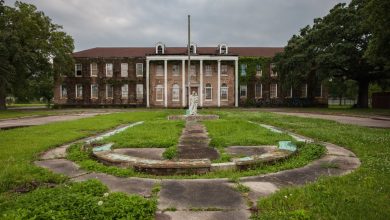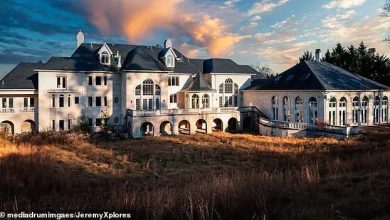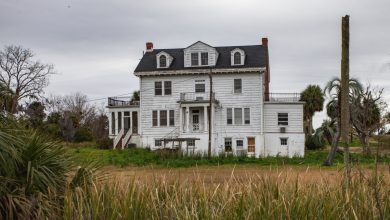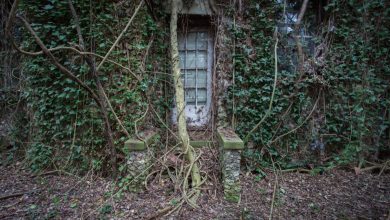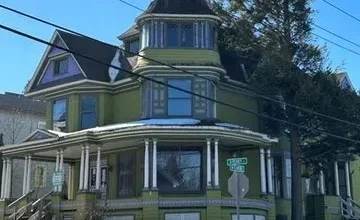Park Street United Methodist Church – Abandoned Southeast
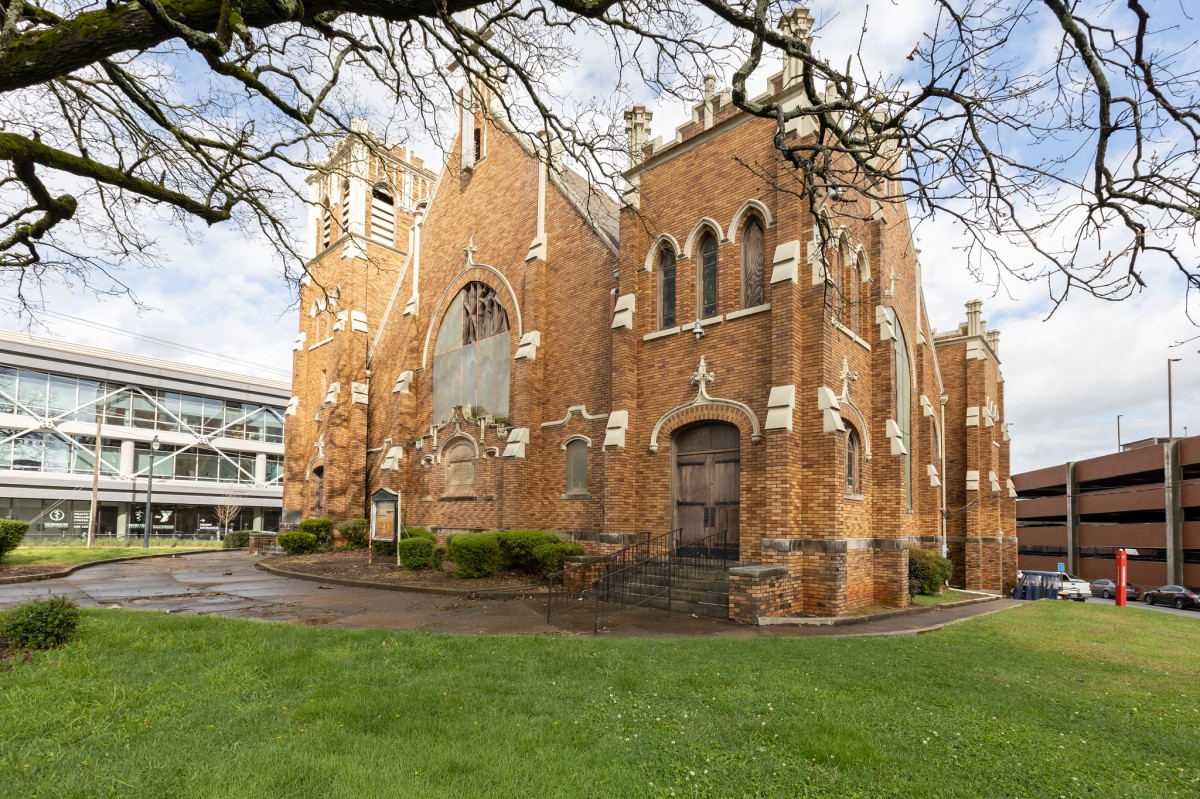

About two miles south of downtown Atlanta is the historic neighborhood of West End, a community that predates the city and was established as a stagecoach stop in the 1830s. In 1835, Charner Humphries purchased fourteen acres at the corner of a popular trade route, at what is now the corner of Ralph David Abernathy Boulevard and Lee Street. He built an inn/tavern that came to be known as Whitehall Tavern due to the then unusual fact that it had a coat of white paint when most other buildings were natural wood. The route between Humphries’s tavern and the soon-to-be-established town of Terminus/Marthasville/Atlanta became Whitehall Road. Humphries catered to almost all the needs of his rural, backwoods community. Whitehall became a post office when Humphries was appointed Postmaster in 1835 with a meager salary of $10.51 in 1838. Whitehall doubled as the headquarters for the general muster of militia. The militia used the tavern to store guns and ammunition. Humphries also ran a store across the street in the same building where Atlanta’s first physician, Dr. Joshua Gilbert, had his practice. Until the revival, West End residents went to church in Atlanta, a short distance away.
In 1847, Trinity Methodist Church was established in the West End community, the same year as Atlanta was founded. The church held a tent revival in 1878 across the Macon and Western Railroad tracks, next to Gammage’s Crossing, approximately three miles southwest of Atlanta. Trinity’s seed mission effort was successful, and the newly formed Methodist congregation took the name of the West End Mission, becoming the first church in the West End community. The following year, they arranged with Mr. Anthony Murphy to build a small wood-frame sanctuary on his property. As membership grew and community participation increased, church members began meeting in available spaces in West End while planning for a permanent location.
In 1885, the West End Mission purchased a triangular lot bounded by Park Street, Lee Street, and Hammond Street. A local West End architect, George P. Humphries, designed a brick Queen Anne-style sanctuary on the lot. With the move to Park Street, the church decided to change its name to Park Street United Methodist Church. By the early 20th century, the congregation had outgrown its facilities. Once again, plans were made to build a new sanctuary that would be visible from all sides.
From 1894 to 1930, West End grew in population and prosperity in part due to the mobility of the automobile. In 1912, Park Street’s Board of Stewards commissioned Rev. Charles Edward Choate to design and build a new church building to accommodate the growing congregation. The 1885 Queen Anne building was demolished. In its place, a new Gothic Revival sanctuary building was built. Choate was a Georgia-born, Georgia-educated Methodist minister turned architect who designed quality church buildings all over Georgia and some in South Carolina. He also designed many houses, some quite large and grand, office buildings, and community buildings. Park Street is an excellent urban example of his church designs and his interpretation of the Gothic Revival style for a religious building.
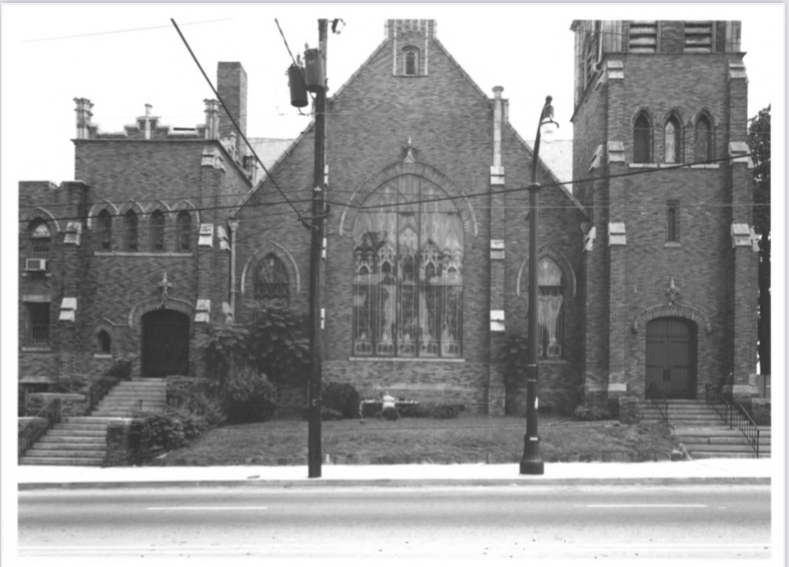
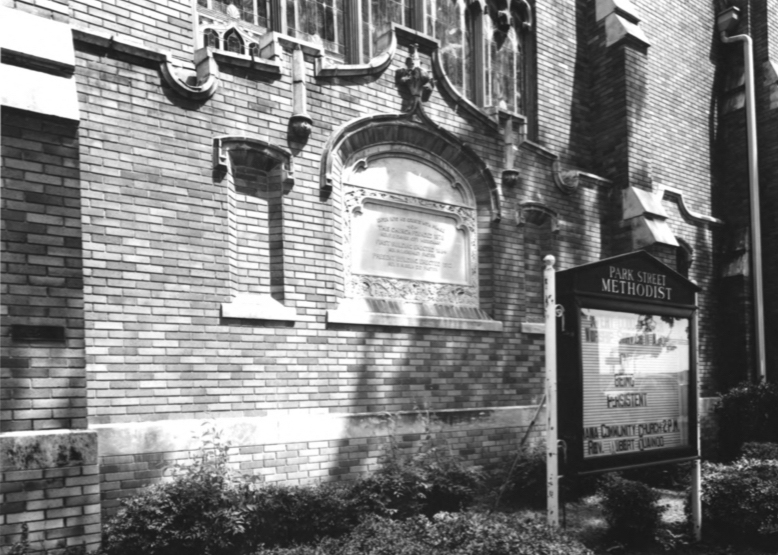
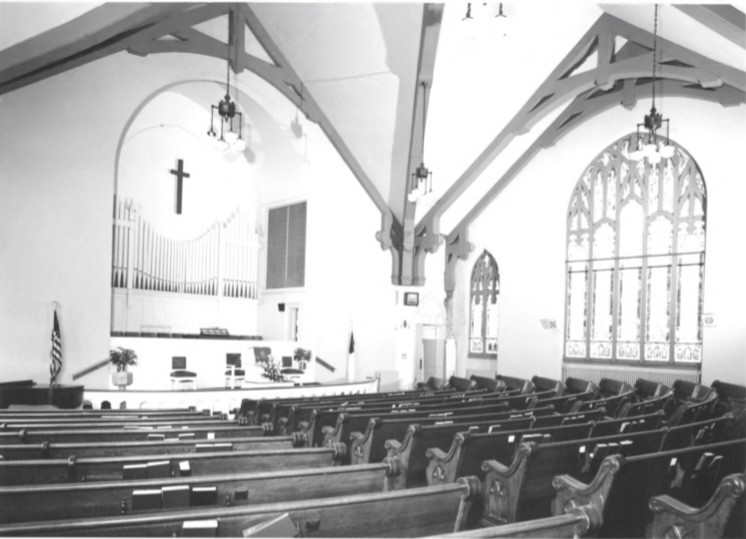
In 1952, an addition was attached to the rear of the sanctuary for Christian educational purposes. Park Street United Methodist’s growth paralleled the local community’s growth with its core membership being primarily working-class residents. The church focused on Christian worship, education, and community service expressed in sponsorship of children’s scouting troops, revival services, and foreign missionaries. Cub and Boy Scout troops formed in Park Street in the 1930s. The 1935 Cub Scout troop was the first one to be chartered in Atlanta as well as the first one in Scout Region 6 (North and South Carolina, Georgia, and Florida). A Girl Scout troop formed at a later time and these troops remained active until the 1970s.
Park Street became physically separated and somewhat isolated from West End with the construction of I-20 in the 1950s and 1960s. After Dr. Martin Luther King Jr.’s assassination in 1968, Park Street was instrumental in providing community assistance to the mourners that traveled to Atlanta for Dr. King’s public funeral. By the late 1970s, the church had 490 members on roll. however, attendance averaged around 130. Many of the longtime members were elderly or had moved outside of the West End neighborhood. As the decades passed, the congregation slowly continued to dwindle.
In September 1994, Clark Atlanta University purchased the church property and gave the church a sixty-year lease on the use of the premises for church activities. Park Street United Methodist Church was added to the National Register of Historic Places in 1997. The church is home to the college’s art and music departments. In 2022, Clark Atlanta University announced they received two HBCU grants to rehabilitate the church and restore its roof. Today, the building is now known as the Park Street Music and Art Complex.
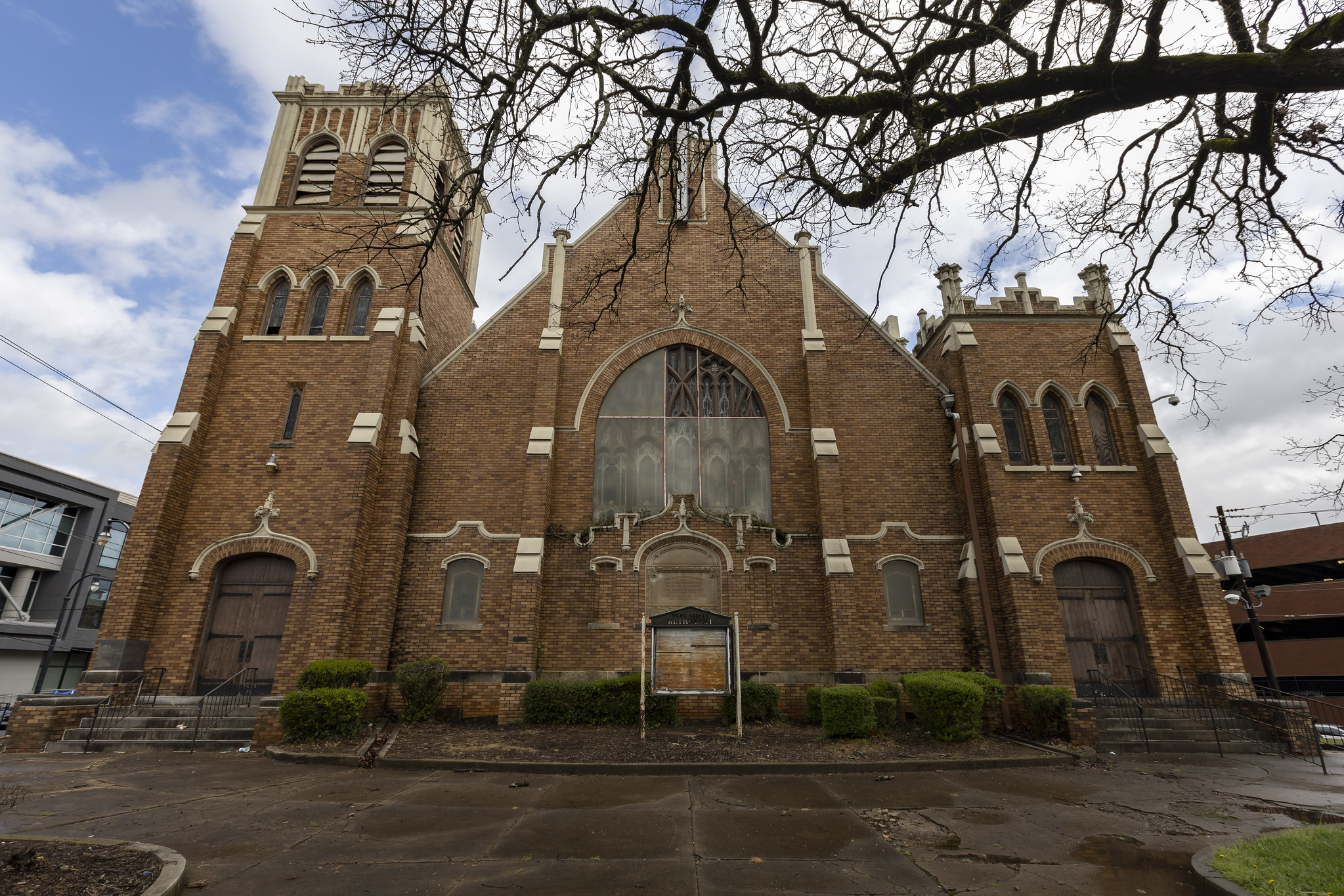
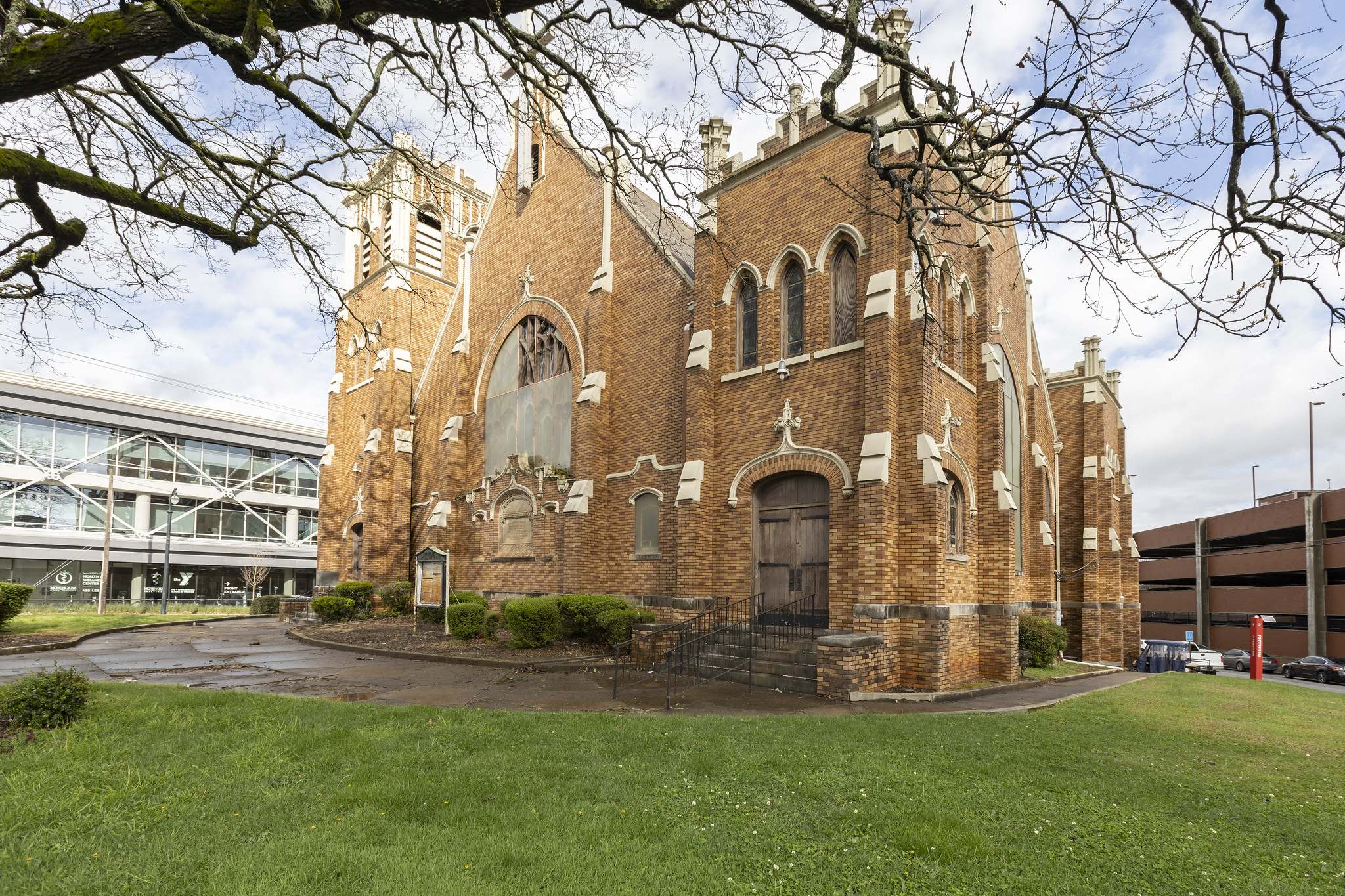
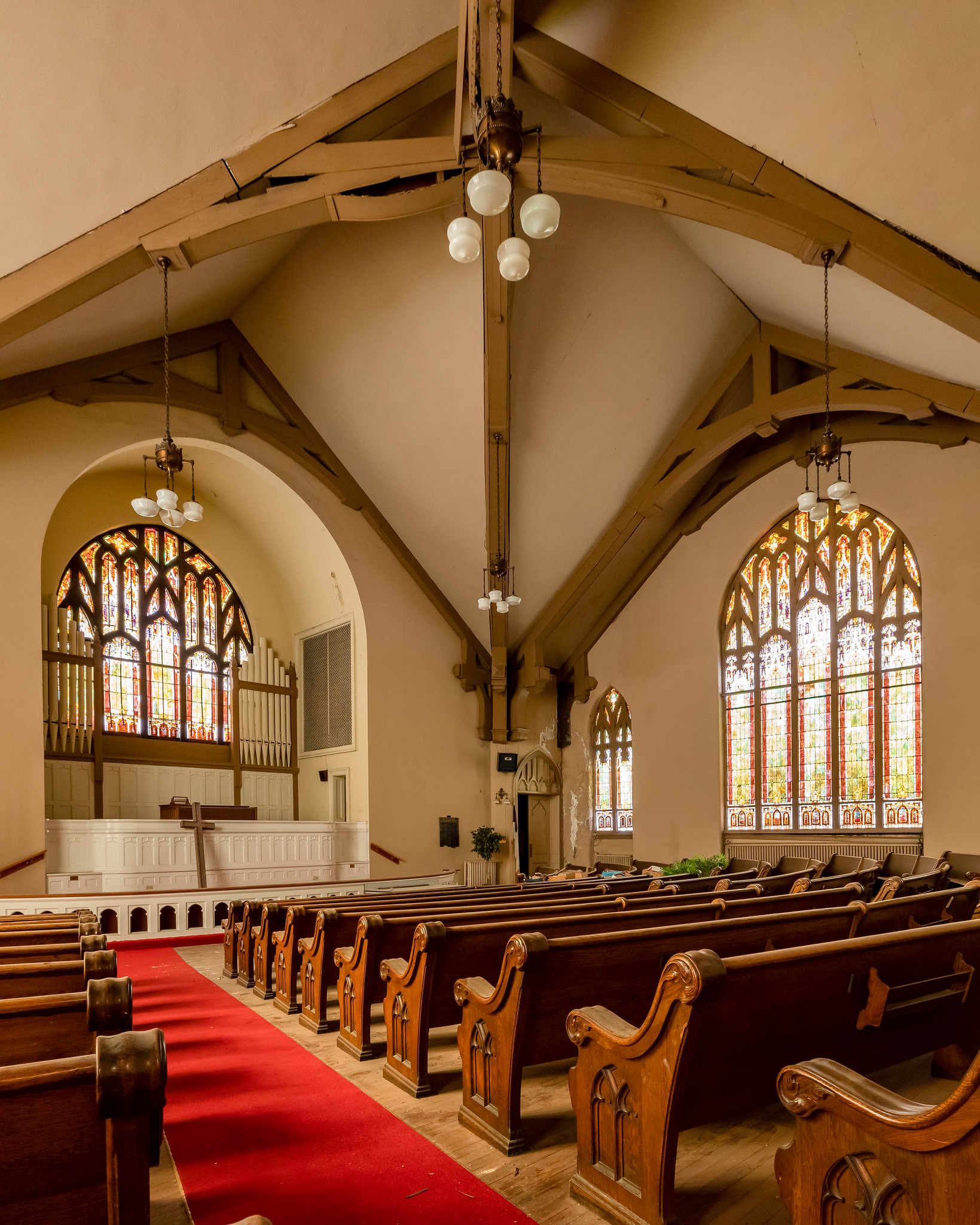
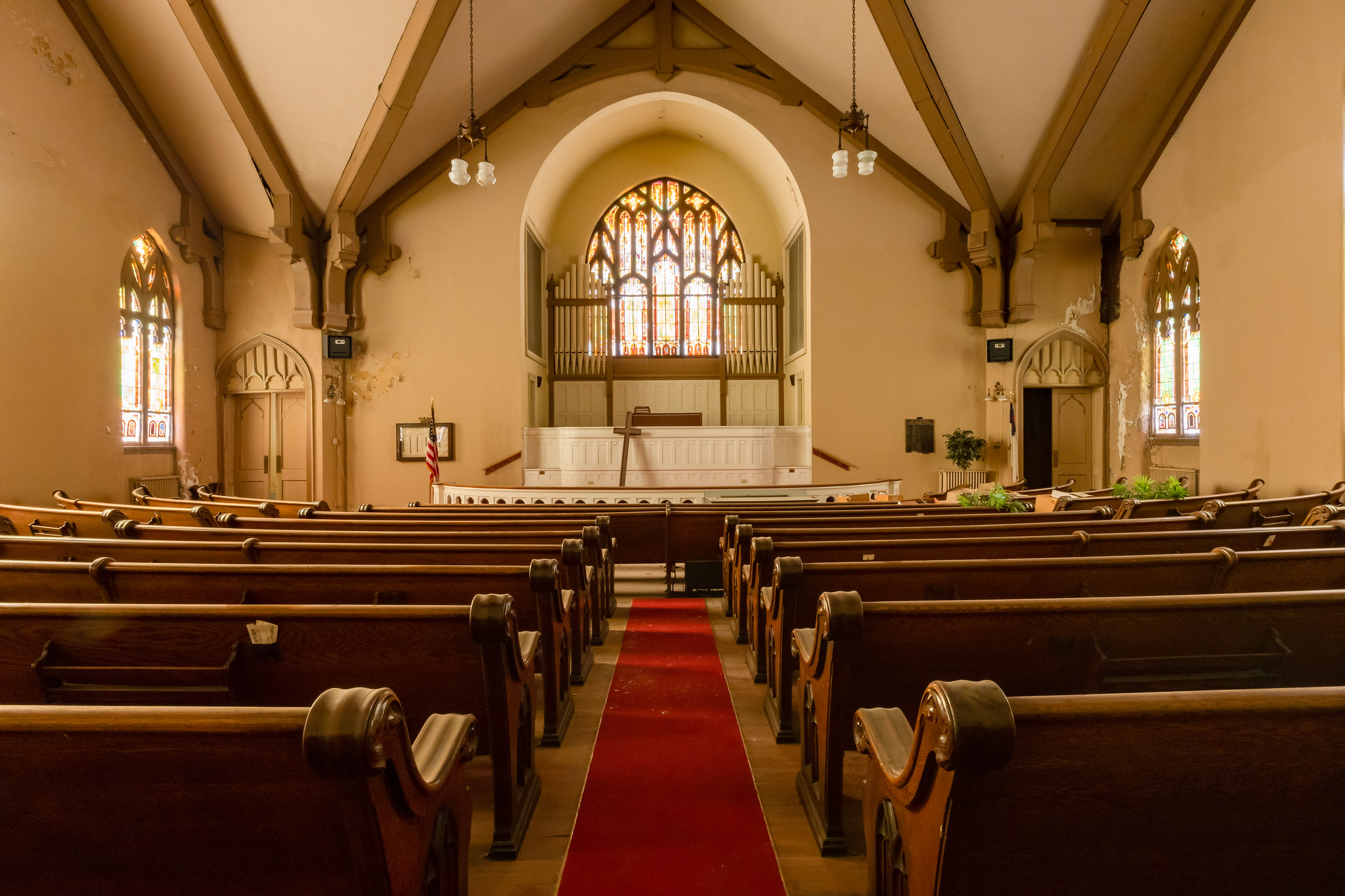
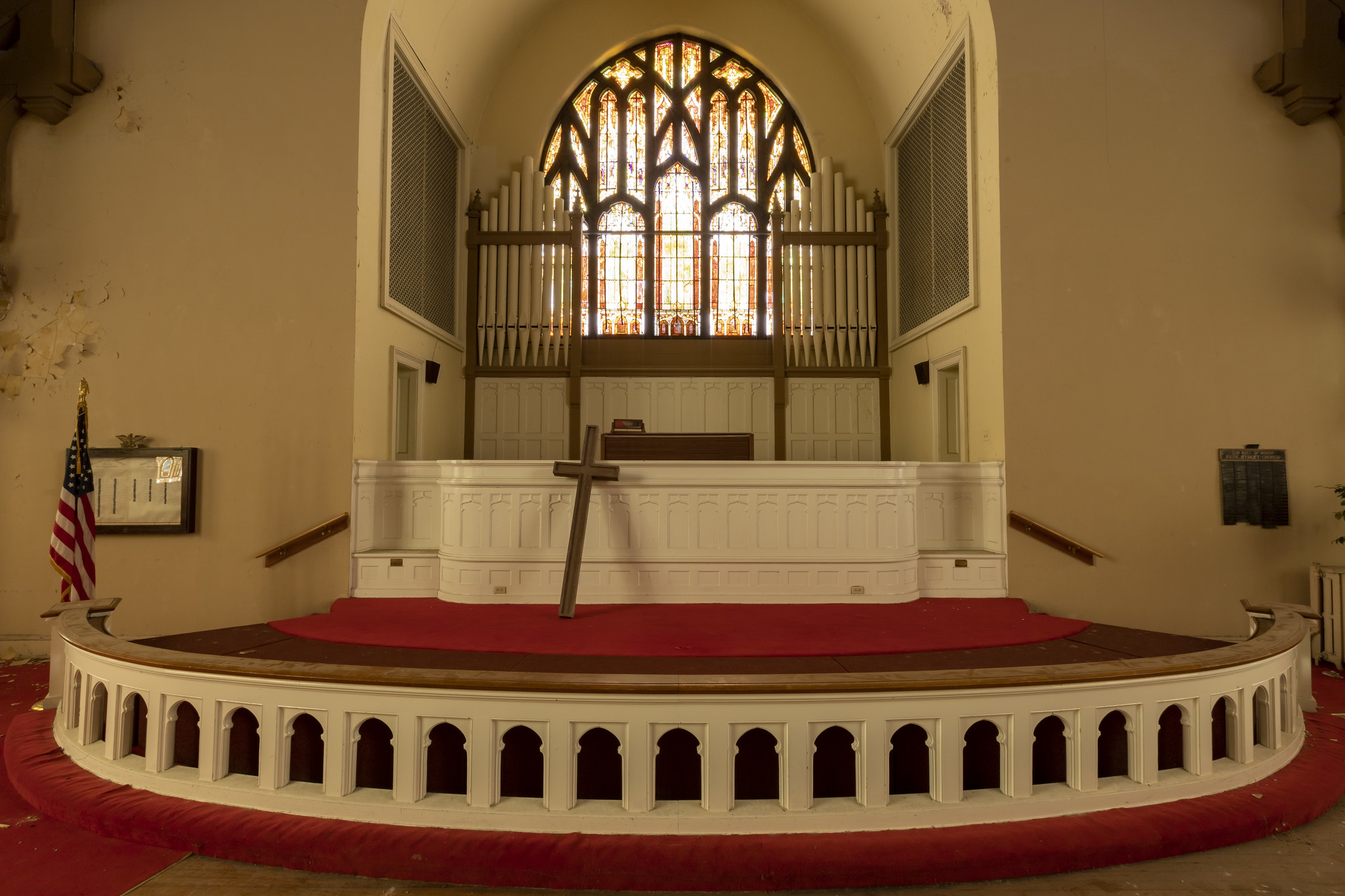
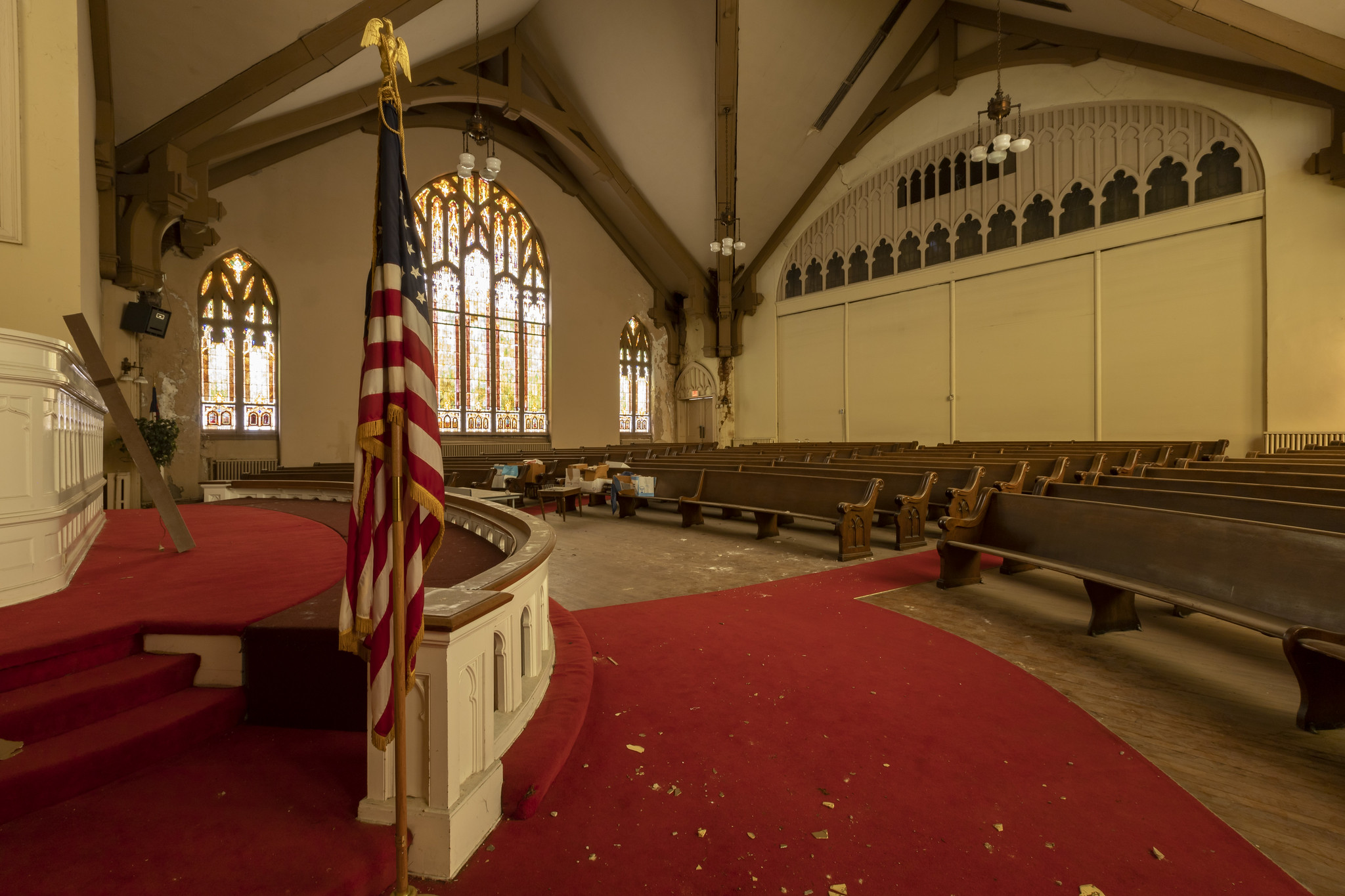
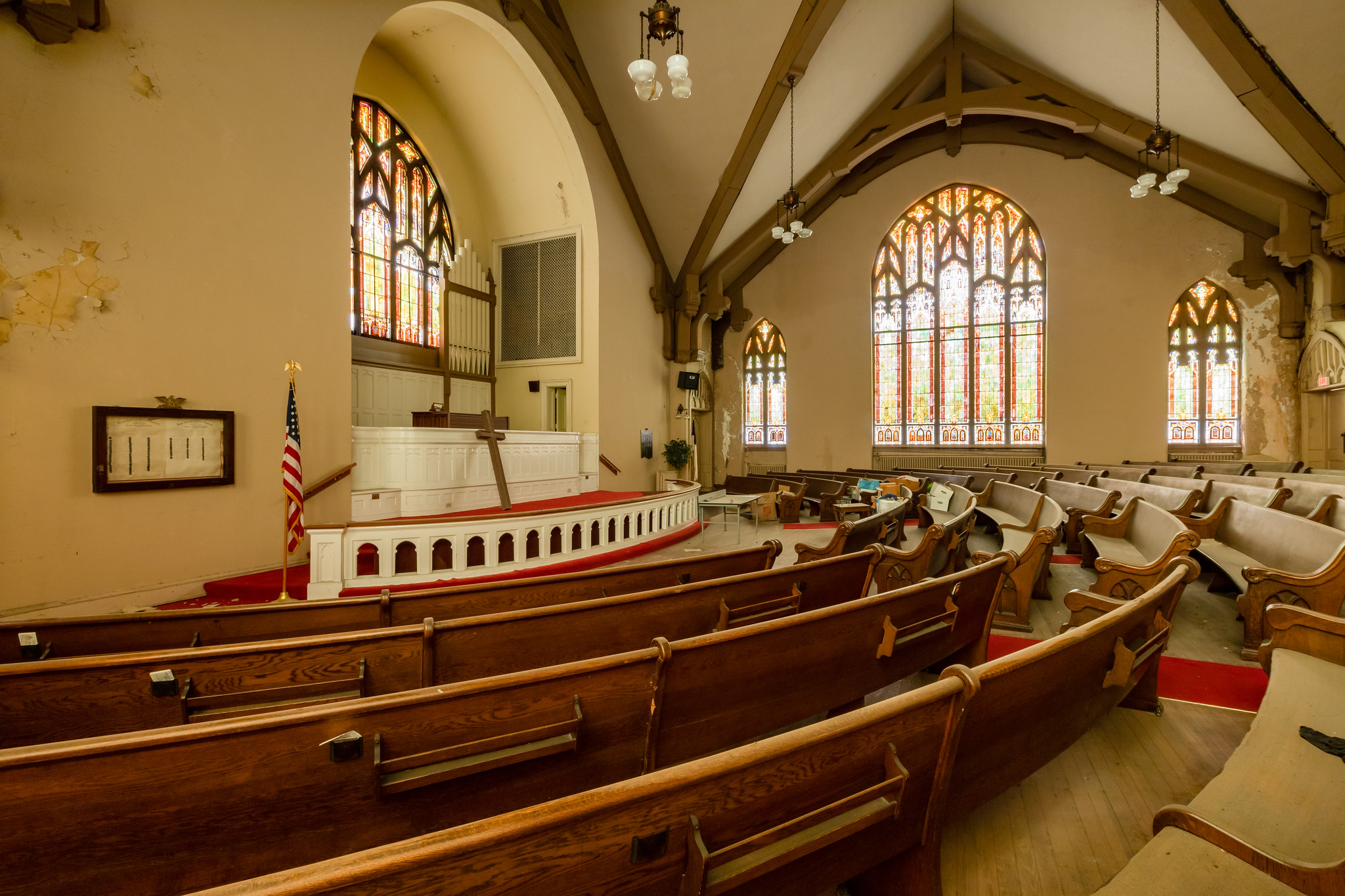
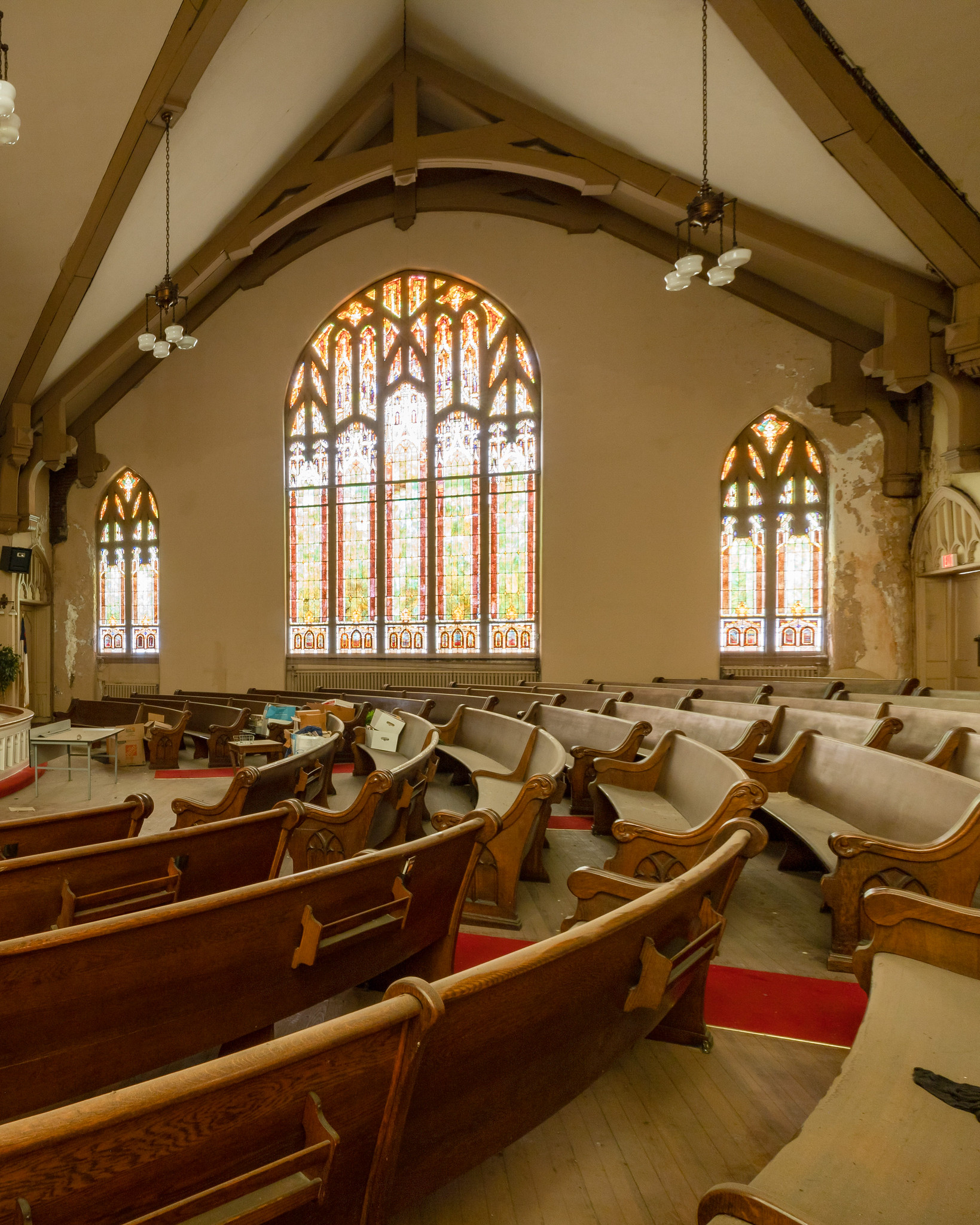
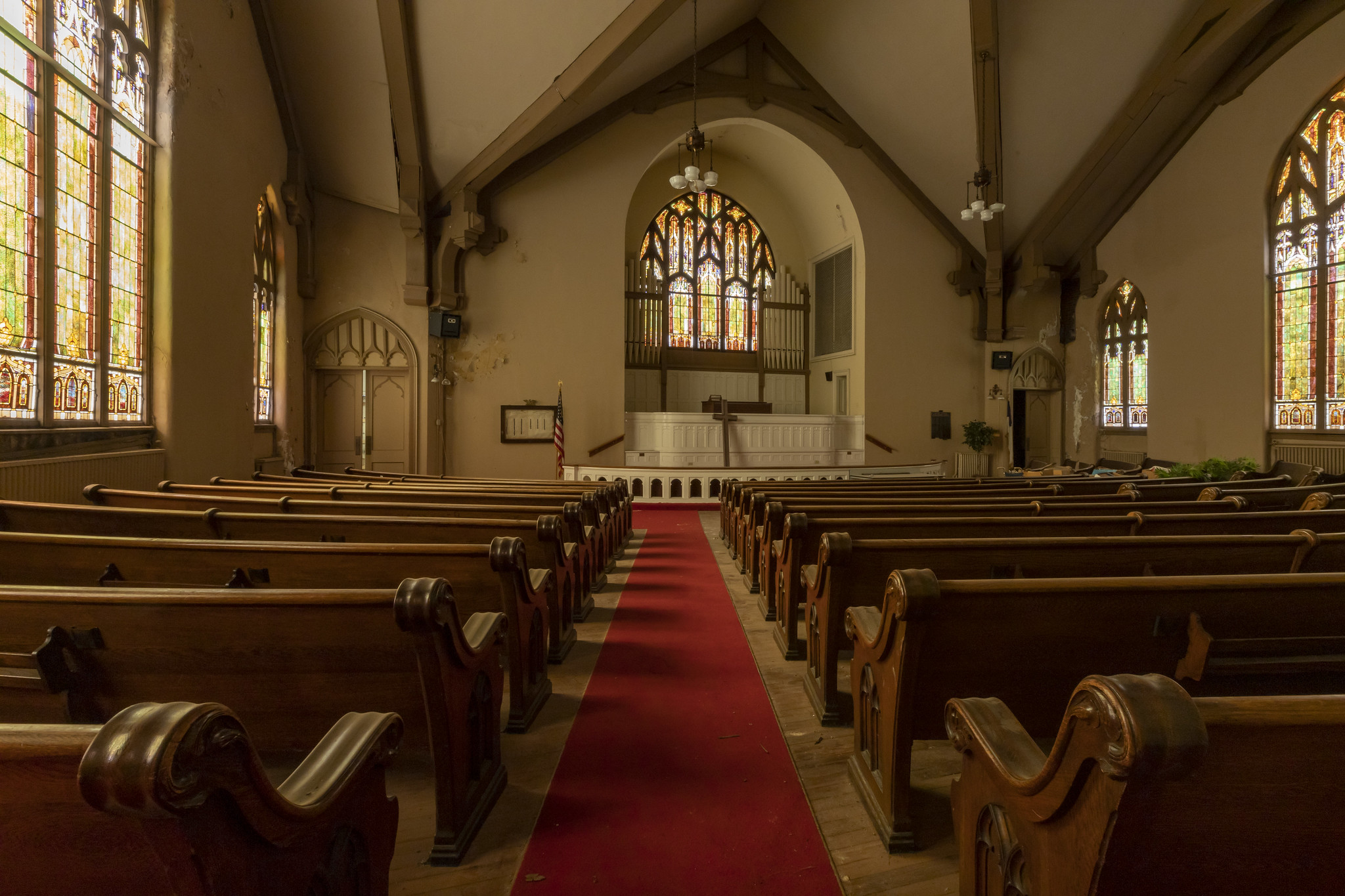
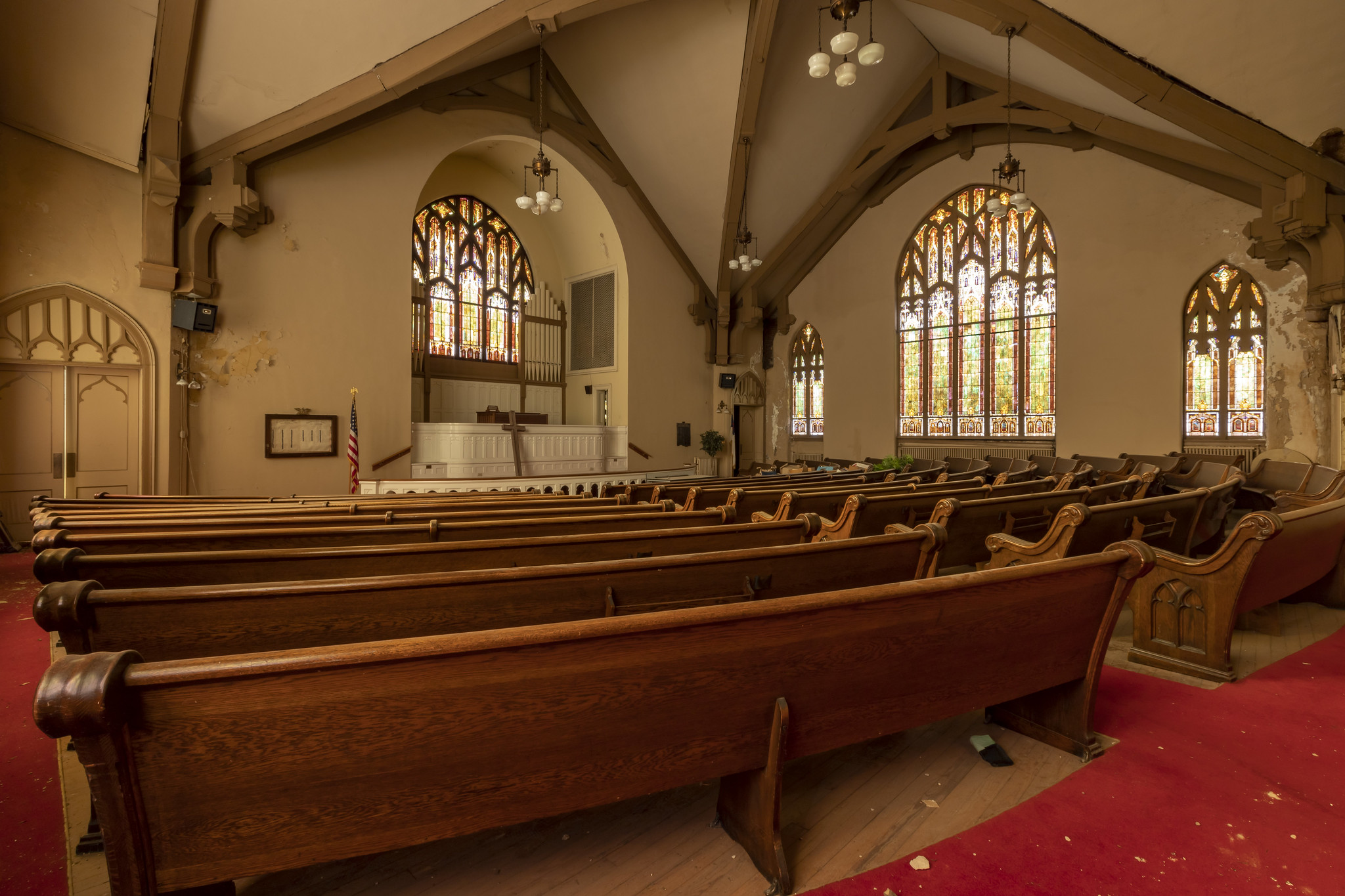
Thanks for reading. Please share the blog with your friends. I appreciate the support.
You can find me on Facebook, Instagram, Twitter, and TikTok. For more amazing abandoned places from across Georgia, check out my books Abandoned Georgia: Exploring the Peach State and Abandoned Georgia: Traveling the Backroads.
Source: https://numerologybox.com
Category: Abandoned Place
